How to Start a Handmade Plush Toy Business
I want to help you build a sustainable, profitable handmade business that makes you consistent income and sales. I only ever teach or recommend marketing, social media, pricing, production and branding tips that I’ve personally used successfully in my own 7-figure handmade businesses.
I'm Mei, from Los Angeles!
Read More
Popular Posts You'll Love
Looking for something?
Categories
starting a business
get more traffic
running a business
make more sales
branding
growing a business
mindset & productivity
podcasts
pricing & money
product photography
reviews
selling on etsy
selling on amazon
social media
selling wholesale
- Facebook0
- Twitter5
- Pinterest33
- 38shares
Have you ever thought about starting a plush doll or plush toy business?
In this post, I’m going to break down where to get your supplies, how to price your products, and what you need to do to stand out in a crowded market. Let’s dive in!
Plushies are Here to Stay
Everyone had a soft toy growing up, whether you called it a softie, plushie or a teddy.
They’re a quintessential part of childhood! They’re frequently given as gifts and most children have many more than one! The options are endless.
You can create plush toys by:
- sewing
- crocheting
- knitting
- needle-felting
- and even some creative combinations that use one or more techniques
Advantages
I love the idea of starting a plush doll business for many reasons.
The first being that the entry point into a plush toy business isn’t very expensive. To get started, you just need some fabric or yarn and a sewing machine, which you might already have for your personal use.
I also think there’s a lot of opportunity to build a whole world and back story behind your plush dolls or stuffed animals. Depending on what your designs are, you could have a lot of fodder for content to post on social media, your blog (if you have one), and your email newsletter.
This is huge, because if you’re selling something like jewelry or art, it can be challenging to come up with good, story-based content. If you’re passionate about designing your own plush toy, you can later expand your business into a passive income model by offering the digital pattern for sale.
It’s always great to have ways where you can see your business growing!
Challenges
Having said that, there are some challenges you need to be aware of before you jump into starting your business, so you can plan and prepare for them.
There are a lot of hobbyist crafters out there who are creating items and selling them for little more than the cost of the materials.
This is because they aren’t running a business! They’re happy to just have fun and have their material costs covered.
If you’re running a business, not only do you need to be paid for your labor and profit, but you’re competing with all of these hobbyists.
It’s a crowded marketplace and it can be a challenge to stand out.
Making plush toys can be time-consuming, compared to other production methods. You are creating each item, either stitch by stitch or fabric piece by fabric piece.
There is going to be a limit on how many items you can make per week. It’s crucial that you select products that maximize your earnings.
Lastly, because you’re creating products that will be used by children, you’ll want to take the time to learn about the legal requirements of toy-making and ensure your items comply with the regulations.
Safety will need to be a top concern for your business, and it will inform your choice of materials and offerings.
Your Niche
In order to keep your shop top of mind, it’s essential that your shop has a clear message and a defined niche so you’ve got to dig deep.
- Do you want to specialize in gifts for newborns?
- Maybe you hate making the same thing twice, and you’re drawn to a custom-plush business that uses t-shirts from the customer’s stash?
- Do you love embroidering and creating fine detail work on faces that leads you to a higher-end art doll?
- Or you may want to specialize in making gothic soft toys for people who like creepier, darker things?
The point is, find a niche and stick with it!
Make sure that what you want to make and sell is something people actually want to spend money on.
To see what people are interested in buying, you need to do research. Etsy is a great first stop in finding out what people are buying right now. Don’t be afraid to peek at the competition, see what they’re doing and what’s working.
I’m definitely not advocating that you copy anyone’s aesthetic.
Doing your research on the competition can help you steer your handmade shop in the right direction so you can start making sales quickly!
Steer clear of a niche that’s completely flooded, like simple teddy bears stitched in plain fabric.
You also want to avoid anything that nobody is doing, like a 6 foot tall custom plush toy.
Take the time to notice more general trends as well. We’re in a moment where the customer cares a lot about where their materials come from.
So maybe you’d like to craft leather teddy bears using material from your home state of Montana. I’m not saying that’s a good idea that will sell, but you get the idea.
Standing Out
Now we need to figure out how you can stand out in that niche.
For example:
- By adding leather tags to finish off your pieces
- The quality or type of fabric you use
- Or how each toy comes wrapped in a lovely box with a birth certificate
You want it to be recognizable enough that people will know it came from your particular shop.
When my friend, Stacey Trock, ran her plush toy pattern company, FreshStitches, her designs were so distinctive that her customers could pick them out instantly.
In fact, she told me that one time she did a design for a publisher which didn’t put her name on the pattern design and her customers wrote to her saying that the publishing company had stolen her pattern!
Her designs were that distinctive just from the style!
That’s what you want to aim for, and that’s when you know you stand out from the competition and you’re memorable.
Which brings me to the topic of designing. If you’re going to set up a business of sewing plush toys, it might be worth investing the time in developing your own patterns. Abby Glassenberg’s book Stuffed Animals: From Concept to Construction shows you how.
This way, your piece is completely distinctive and you don’t need to worry about obtaining permission to use someone else’s design for commercial purposes.
Pricing
If you’re brand new to pricing, then you’ll want to watch my pricing video to get a great in depth view on how to price your products.
It boils down to how much you can earn per hour, per week, and what the market will bear.
Let’s talk about how much you can earn per week. Say that you’ve calculated that you can earn $20 per hour and you’re happy with that. Realistically you have to think of your week as a whole.
It’s important to think of how many hours you can practically produce your products and decide if that’s suitable for your life.
When you’re thinking about that, don’t forget that you need to set time aside to do administrative business things as well like marketing and promoting your business.
The third component is how much the market can bear. That is, will people buy your products at the price you need to sell it for to make a living?
This is where the research you did on your market will come in handy. It’s also where having a unique selling point, that can elevate your product from a so-so commodity into a luxury item is incredibly valuable.
If you have done your research or even experimented in your own shop and you suspect that you won’t be able to sell your toys for the money you need, then it might be time to go back to the drawing board and brainstorm new product options.
Supply
If you’re purchasing significant quantities of a material, you should be able to purchase it wholesale or at least at a discount from retail.
Try to go as straight to the source as possible with your other materials.
Polyfill, leather tags and notions can all be purchased in bulk. Take the time to find your sources and you’ll save big money in the long run!
Don’t hesitate to contact a supplier you like to see if they offer wholesale pricing to production artists.
Depending on the company, it may be as little as a tax ID number, some paperwork and a minimum order to get started.
If you plan your products the right way, like selecting from a limited color palette, then you can order bolts of fabric at a time. Then you’ll be saving big money on your largest supply cost.
For other supplies, Batt Mart sells large quantities of polyfil and Shiny Happy World sells 50 packages of paired craft eyes at bulk pricing.
Take the time and effort to find your materials and allow your products to be shaped by what supplies make sense to stock. This is a key component to profitability!
Marketing
Once you have your products in place and a cohesive shop identity, you’ll want to create a library of marketing materials that you can use in your shop and in social media.
You can go to sites like Fiverr and Creative Market to get a surprisingly custom looking logo that’s both modern and on trend for a good price.
Product Photos
This is also the time to invest in good product photos.
You want to have some that are just your product on a white background and a whole other set of lifestyle photos. This would be your products being used by people in everyday life.
For example, if you sell infant plushies, then you’ll want a photo of a baby playing with your toy.
Things like that give the customer a good sense of scale and show what your product would be like in their world.
These photos are also great for social media and they’ll help you out with customer service.
Trust me, customers hardly ever read the product descriptions!
If you don’t show your product in a real-life situation, you’ll inevitably get someone who thinks it was supposed to be a totally different size!
More than that, lifestyle images are great for selling with emotion because people buy based on emotions and feelings. They don’t generally buy based on logic.
So you want to make sure you have both types of photos in your shop.
Website
You’ll also need to set up a website, I highly recommend going with Shopify.
If you’re curious why I don’t recommend Etsy, you can check out this video here where I talk more in depth about that.
Long story short, always start and focus your energy on your Shopify store because that’s a more long term and stable solution.
Once you’re established and you’re making consistent sales on Shopify, then it makes sense to branch out to marketplace sites like Etsy and Amazon.
Bottom line is, you don’t want to rely on Etsy and Amazon for sales, because they fluctuate way too much. One day you’re doing well and the next you’re not.
Promotion
Once your business is open, it’s time to promote it!
Start building an email list with free software like MailerLite.
Email marketing is one of the most effective forms of marketing, and it’s one of the only marketing avenues that you actually own.
Keep in mind, you don’t really own your social media accounts and your followers.
Even if you don’t plan on sending newsletters to your subscribers right away, it’s worth it to start collecting emails as soon as your shop opens.
From there I recommend reaching out to anyone who has a large audience on their platform and pitching your product.
This could be:
- Social media influencers
- YouTubers
- Magazines
- Big websites (like BuzzFeed or Huffington Post)
It’s free to get your products mentioned, and I have a whole video here that talks about that process step-by-step if you need a deep dive on that.
It takes a long time to build up your own social media following one person at a time, so that’s why I recommend getting your products featured on other sites instead.
You can think of it as a shortcut to getting your work seen by thousands of people in a short amount of time and for a very low cost.
I hope you’ve enjoyed those tips on starting a plush toy business.
If you enjoyed this post or have any questions, leave a comment below. Don’t forget to check out my YouTube channel for more tips and inside secrets!
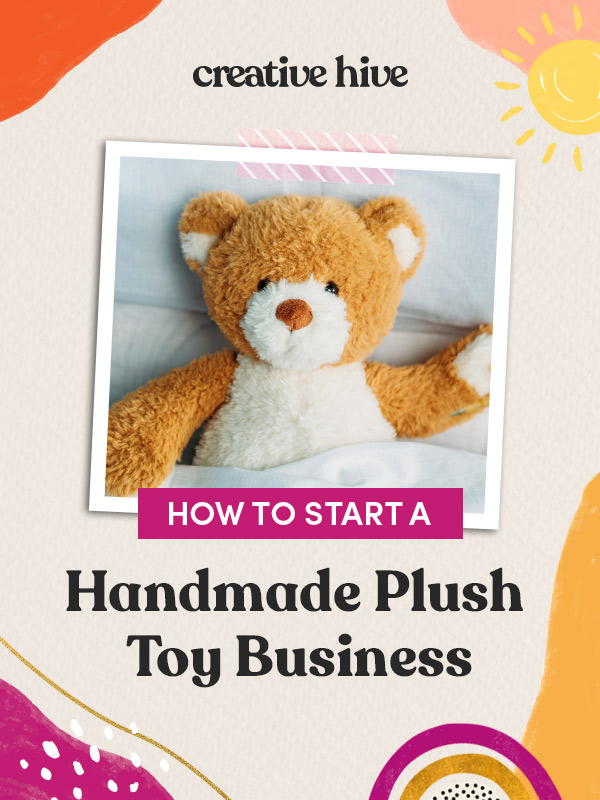
Leave a Comment
Liked this article? Share it!
Unlock a Profitable Handmade Business
in Just 12 Weeks Without Using Etsy
or Social Media
FREE WORKSHOP
This workshop is for anyone who makes and sells a handmade or physical product, including jewelry designers, artists, paper designers, bath & body product makers and more!
What You'll Discover
The #1 mistake people make with Etsy & social media that causes shops to FLOP
The secret to making it with your handmade shop so it's no longer just a hobby
How to make sales in your handmade shop with ease so you can finally get to 6-figures
TAKE ME THERE
Your email address will not be published. Required fields are marked *
Leave a Reply Cancel reply
About
Blog
A Sale A Day
Student Login
Free Class
Contact
Terms
Become A Student
Watch On YouTube
Student Reviews
See My Handmade Shop!
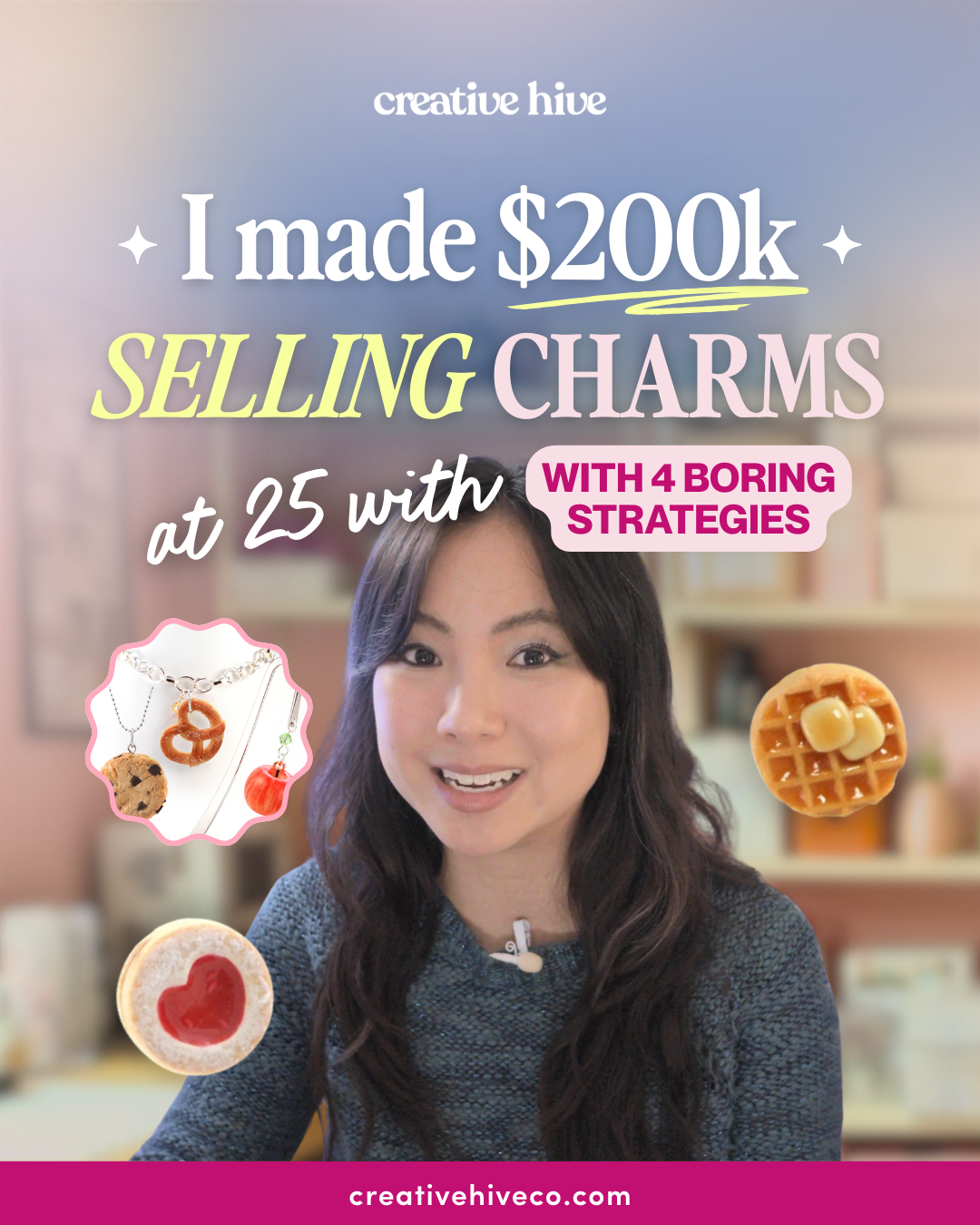
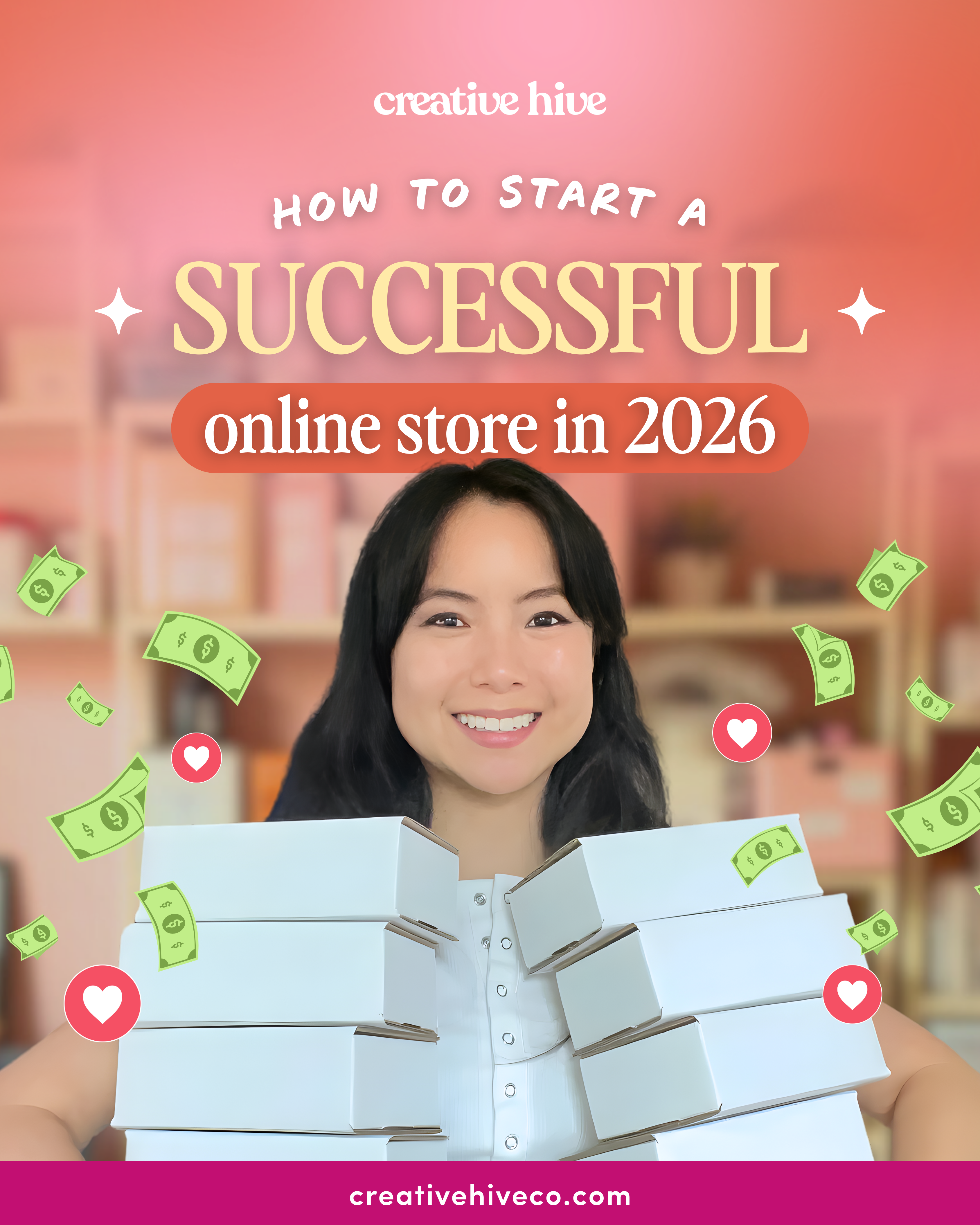
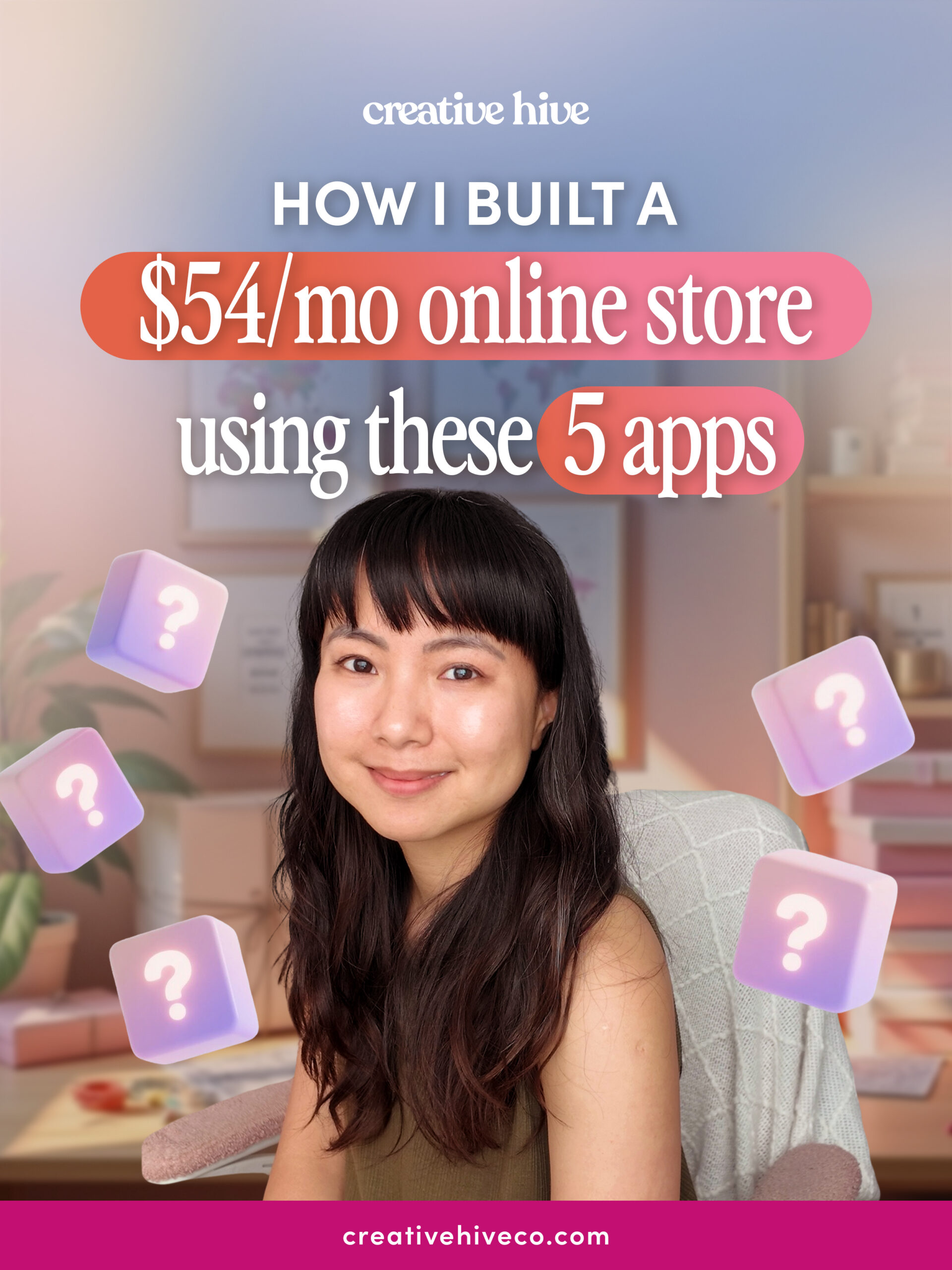
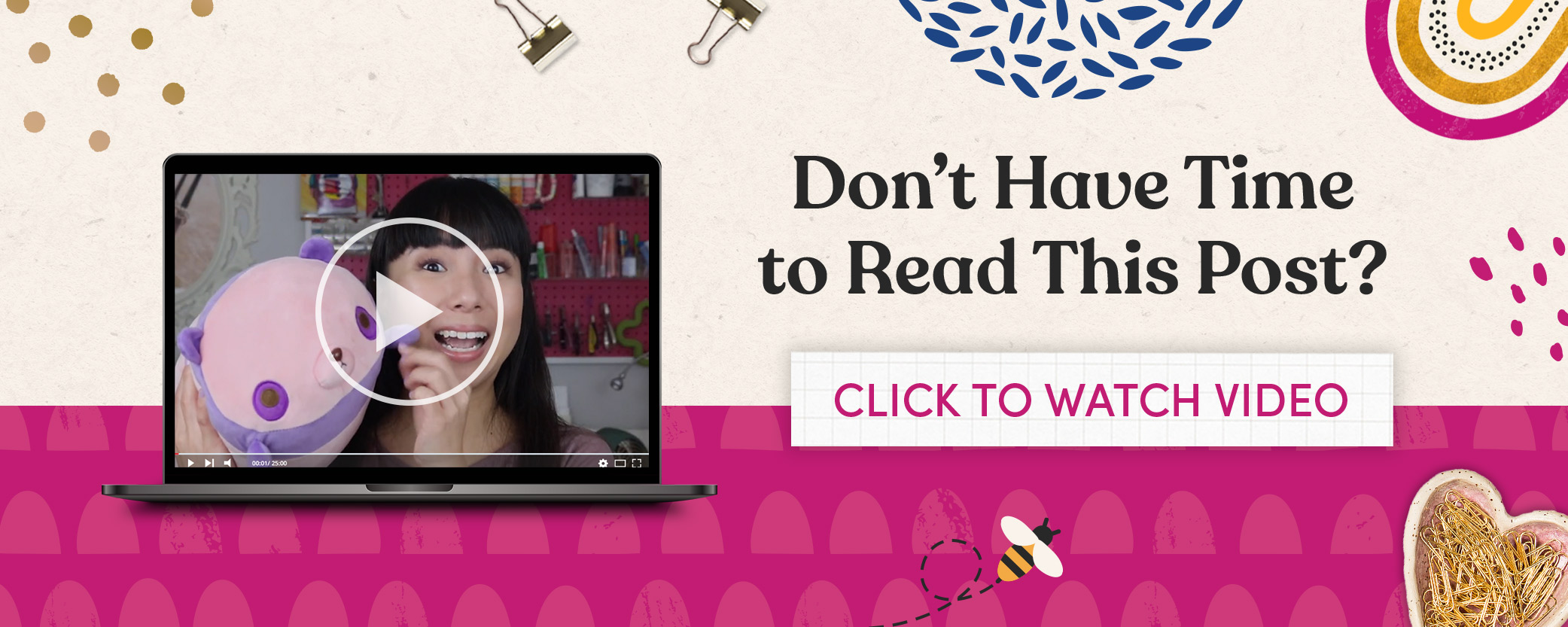
Thank you so much for this post! I’ve recently started debating on turning my crocheting skills into a business and this post really helped me put a few things into perspective. I’m probably going to read it a few more times while I start making plans 😊
Interesting blog for all readers. due to pandemic situation, this blog will be very helpful to all. I like to make soft fluffy toys for kids and want to start my little business. And this blog helped me a lot. Thank you so much for sharing this great stuff!
hi there! i am planning to start my own small plush toy business. this article is very informative and motivating too. thanks for sharing it with us.
[…] There is a huge variety of toys to choose from if you want to enter this billion-dollar industry. However, since big brands dominate the toy industry, your business needs its own unique character to attract and keep loyal customers. You can try making DIY plush toys, for example. You can find more guides for starting a handmade toy business here. […]
This blog is very amazing. Information is very great. American Education Services